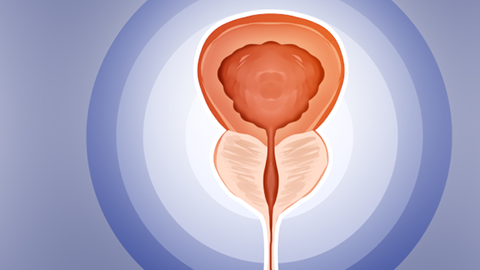What is the difference between prostate hyperplasia and prostate hypertrophy?
Generally speaking, benign prostatic hyperplasia (BPH) and prostate enlargement are often confused, but there are clear differences between them. The main distinctions lie in differences in definitions, causes, symptoms, diagnostic methods, and treatment approaches. A detailed analysis is as follows:
1. Different Definitions
Benign prostatic hyperplasia (BPH) is an internationally recognized medical term referring to an abnormal increase in the number of cells within the prostate tissue. It represents a proliferative pathological change and allows for clear definition of the disease's nature. Prostate enlargement is a layman's term that simply refers to the prostate's overall volume exceeding the normal range. It does not include pathological mechanisms and cannot clarify the specific cause of the volume increase.
2. Different Causes
The causes of BPH are relatively fixed, mainly related to aging and imbalances in androgen and estrogen levels in the body. It is a pathological change accompanying physiological degeneration in middle-aged and elderly men as they age. The causes of prostate enlargement are broader. In addition to BPH, factors such as tissue edema caused by prostatitis, prostate congestion, or poor local circulation caused by prolonged sitting may lead to temporary enlargement of the prostate.

3. Different Symptoms
As BPH progresses, patients often develop symptoms such as difficulty urinating, frequent urination, urgency, and a thinner urine stream. These symptoms are closely related to the degree of hyperplasia, with more severe hyperplasia potentially causing more pronounced symptoms. Patients with prostate enlargement may not necessarily exhibit symptoms. If the enlargement is caused by inflammatory edema, the prostate's volume may return to normal after the inflammation subsides, without significant discomfort.
4. Different Diagnostic Methods
Diagnosing BPH requires a comprehensive assessment combining symptoms, digital rectal examination (DRE), ultrasound, and prostate-specific antigen (PSA) testing to evaluate cell proliferation and whether it affects urethral function. Diagnosing prostate enlargement is simpler. It can be determined through ultrasound or digital rectal examination by measuring the prostate's volume and finding it exceeds the normal range, without requiring further investigation into the underlying pathology.
5. Different Treatment Approaches
For BPH, treatment plans are formulated based on symptom severity. Mild symptoms may only require observation, while moderate to severe cases may need medication or surgery, such as transurethral resection of the prostate (TURP). Prostate enlargement does not require targeted treatment. Instead, the underlying cause should first be identified. If caused by inflammation, the inflammation should be treated. If caused by hyperplasia, it should be managed according to the BPH protocol. If the prostate is simply enlarged without causing discomfort, treatment may not be necessary.
In addition, men over the age of 50 are advised to undergo regular prostate examinations. It is recommended to avoid holding urine, prolonged sitting, and consuming spicy or irritating foods. If urinary abnormalities occur, timely medical consultation is necessary to determine whether it is BPH or prostate enlargement caused by other factors, to avoid delaying the intervention timing.




